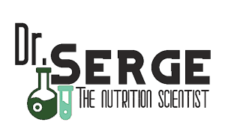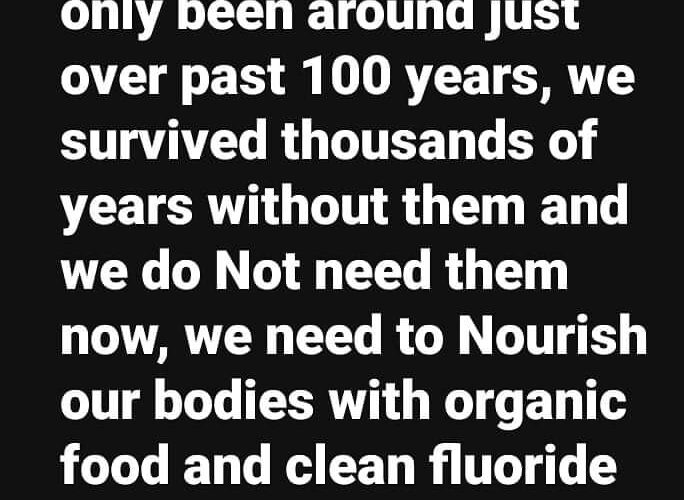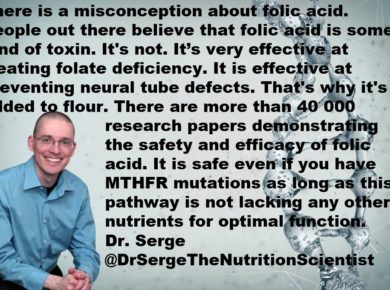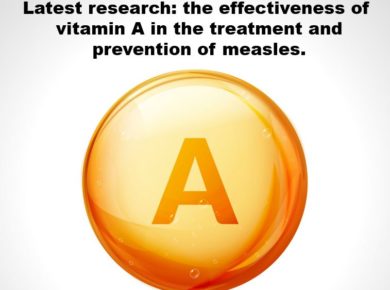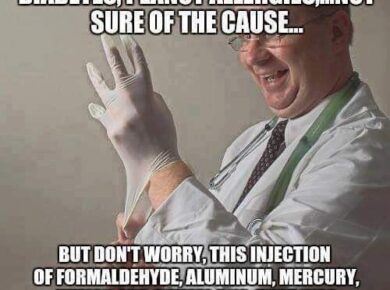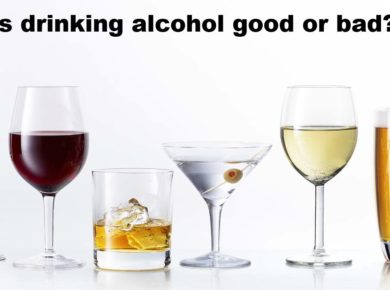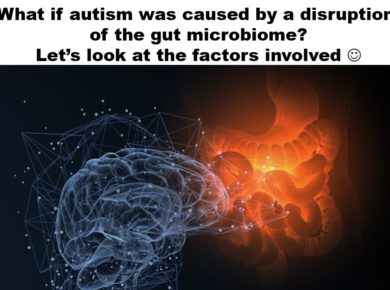Nonalcoholic fatty liver disease (NAFLD), or fatty liver disease for short, is a condition that has become increasingly more ubiquitous. Indeed, it affects 25% of the global adult population.
Nonalcoholic fatty liver disease is closely associated with a constellation of metabolic comorbidities, which include obesity, type 2 diabetes mellitus, hypertension, and hypercholesteremia.
In fact, the increasing number of metabolic comorbidities not only increases the prevalence of NAFLD but also places patients at higher risk for progressive liver disease.
In other words, the factors causing metabolic syndrome and fatty liver may be the same.
NAFLD is characterized by the accumulation of triglycerides in the liver. To put it another way, fat accumulates in the liver disrupting its 400 different physiological functions.
It has been hypothesized that sugar or specifically the fructose component of sugar is one of the factors causing fatty liver.
Here’s an article that covers it:
“Carbohydrate intake and nonalcoholic fatty liver disease: fructose as a weapon of mass destruction
https://www.ncbi.nlm.nih.gov/pmc/articles/PMC4405421/”
The authors state:
“High fructose corn syrup (HFCS)-containing beverages were associated with metabolic abnormalities and contributed to the development of NAFLD in human trials. Ingested carbohydrates are a major stimulus for hepatic de novo lipogenesis (DNL) and are more likely to directly contribute to NAFLD than dietary fat.”
“Several meta-analyses suggested that the consumption of sugar-sweetened beverages is related to the risk of metabolic syndrome, increased triglycerides (TG) levels, stimulated DNL, and increased visceral fat.”
“Fructose is almost entirely cleared by the liver. Hepatic metabolism of fructose stimulates lipogenesis.”
In other words, sugar is the main culprit. Fructose that is ingested, mostly through liquid forms like sodas, is converted to fat in the liver. Over time, the liver gets congested with the excess of fat, leading to fatty liver disease.
Consistent with this, it was hypothesized that a low carb diet would be the “cure” for NAFLD.
A study was designed to address this question:
“1906-P: Effects of a Carbohydrate-Restricted Diet on Hepatic Lipid Content in Adolescents with Nonalcoholic Fatty Liver Disease.”
And this is the link
The authors say:
“The CHO-restricted diet approach may be markedly beneficial in improving the fatty liver, body composition, and insulin resistance in adolescents with NAFLD even in the absence of intentional caloric restriction.”
CHO stands for carbohydrates.
What the authors say here is that a diet low in carbs remarkedly improves fatty liver in people. In addition, they show that dietary fat is not involved in this condition.
This is consistent with sugar being the main culprit.
Clinically, I agree 100%!
Medical doctors would tell you either that fatty liver is not a big deal or that there is nothing you can do about it.
They are wrong!
Fat in the liver is not good news. It disrupts its function and can have consequences on the GI system, hormones, brain, detox, and the reproductive organs.
The good news is that it can be reversed with a personalized nutritional program. It can be helped, don’t give up!
Every single person that I have seen with NAFLD (I have seen hundreds!) improves rather fast on a low-carb/high-fat/moderate-protein diet.
In addition, some herbs like milk thistle, sarsaparilla, globe artichoke, turmeric, burdock, among others, can be used to assist the liver in improving.
Also, the liver loves vitamin A! Virtually 100% of people that I have seen with fatty liver are deficient in this vitamin. The best sources are liver (beef, chicken, lamb, etc.), fish, cheese, butter, and eggs.
Remember the good old cod liver oil? Our grandparents knew the benefits of this oil for the body!
By the way, beta-carotene is not vitamin A. Your body needs to transform it into A, which is a process that involves about 25-30 steps/enzymes, which is very costly and not efficient for the body.
A product that I love to heal the liver is Livaplex from Standard Process. It is powerful! I have seen over and over people improving their liver function by taking this supplement.
God bless y’all 😊
Dr. Serge
